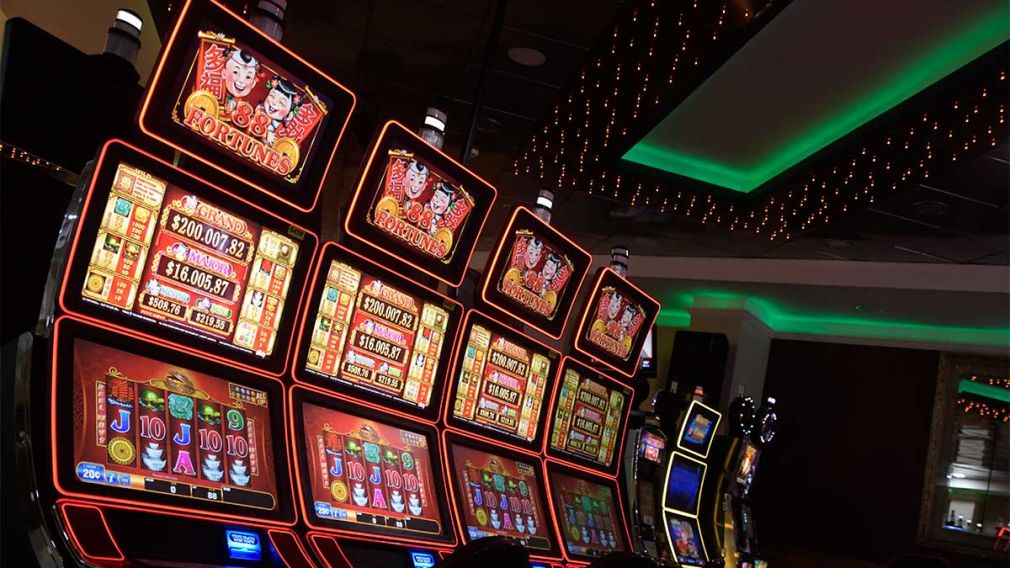
Behind these glittering lights plus those alluring noises of spinning reels lies a vibrant world in which innovation meets numbers: the creation of games of chance. As players flock to gaming establishments seeking excitement plus the chance of striking it rich big, a vast amount of effort takes place behind the scenes to create the games for their enjoyment. From the initial concept to the ultimate product that players interact with, many elements are brought together to ensure a captivating gaming experience.
Creators, engineers, and game creators work together to combine cutting-edge technology with enthralling gameplay mechanics. Each aspect, from graphics plus audio elements to odds and returns, is carefully designed to draw in players plus keep them engaged. Understanding this complex process of how casino games are made reveals both the technical skills required but also the artistic vision that transforms these immersive experiences to life.
Game Design Workflow
The design workflow begins with brainstorming and conceptualization, where creators develop concepts for innovative casino games. This initial phase often involves identifying target audiences and analyzing market trends. Designers take into account elements like game mechanics, themes, and payout structures to develop an engaging experience. Teamwork between game designers, mathematicians, and artists is crucial to ensure a well-rounded concept.
Once a concept is selected, the next stage involves creating prototypes and testing. Designers create a working version of the game to assess its playability and mechanics. This allows for adjustments and refinements based on feedback from testers. Reiteration is key, as designers may go through multiple rounds of testing to fine-tune gameplay balance and user experience. This phase is essential for identifying any possible issues before the game goes into production.
After testing, the game moves into development and production. This comprises the technical aspects of coding the game software, integrating graphics, and making sure compliance with gaming regulations. Quality assurance testing verifies that the game functions flawlessly across various platforms and devices. Once everything is refined, the game is prepared for launch, often accompanied by promotional tactics to attract players and generate buzz around the new casino offering.
Tech and Development
The evolution of casino games has evolved significantly with advancements in technology. Modern game design often features high-quality graphics, captivating sound effects, and engaging animations that create a thrilling experience for players. Game developers use complex software tools and programming languages to develop these immersive gaming experiences. Additionally, the use of RNGs ensures fairness and unpredictability in outcomes, which is important for maintaining player trust and compliance with gaming regulations.
In recent years, the rise of online casinos has pushed the limits of game development even further. Developers are now able to build games that appeal to a global audience, integrating features such as live dealers and virtual reality environments. This shift has encouraged new ideas, leading to unique game mechanics and formats that enhance player engagement. Gaming on mobile devices has also become a major focus, encouraging developers to tailor games for mobile phones and tablets, ensuring accessibility and ease of access for players on the go.
Cooperation among designers, visual artists, and mathematicians is crucial in the development process. Each team contributes their knowledge to make sure games are not only aesthetically pleasing but also statistically accurate and enjoyable. The integration of player feedback during beta testing allows developers to improve game features and functionalities, ultimately leading to a positive launch. https://v9bet7.pro/ As technology continues to advance, the potential for new game concepts and experiences is endless, promising an thrilling future for casino games.
Evaluating and Quality Control
Once a casino game has been designed, it transitions to the crucial phase of evaluation and quality control. This stage ensures that the game operates seamlessly and provides a balanced experience for users. Teams conduct comprehensive tests, including functionality checks to verify that all game features work as intended. Each element, from graphics to audio, is reviewed to ensure high standards are met.
In addition to operational testing, the game entails thorough compliance checks to meet regulatory requirements. Various jurisdictions have specific regulations governing game fairness and player protection. Quality assurance teams will check that the random number generators are working correctly and that the game’s payout percentages align with market standards. This thorough examination helps establish trust with gamblers and authorities alike.
Finally, beta testing may be conducted with actual users to collect insights on user experience. This invaluable insight allows developers to implement necessary adjustments before the public launch. Resolving any likely issues noted during this phase helps ensure that players will experience a seamless, captivating experience when the game goes live. The commitment to quality reflects the industry’s dedication to delivering enjoyable and trustworthy casino games.